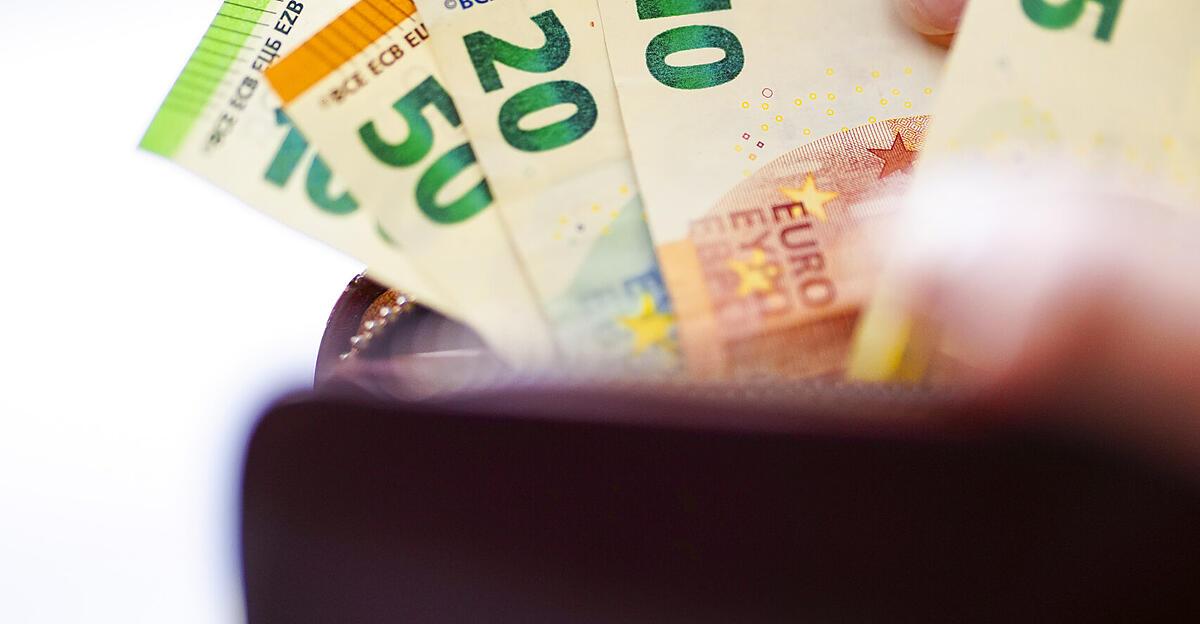According to a study, the use of euro banknotes has a relatively small impact on the environment. The environmental footprint of one person’s annual use of euro banknotes is equivalent to an 8-kilometre car trip in 2019, according to research published by the European Central Bank on Monday.
For comparison: the production of a cotton shirt that is washed once a week for a year is equivalent to the environmental impact of a 55 km car trip.
According to the information, the specified value of euro notes represents 0.01 percent of the total environmental impact of the annual consumption of resources resulting from a person’s activities in Europe. “Although payments made with euro banknotes have a very small overall impact on the environment, the European system is committed to continuing to reduce this impact,” the study says.
Powering ATMs (37 percent) and transporting banknotes (35 percent) have the greatest environmental impact. This was followed by processing when distributing banknotes (10 percent), producing paper (9 percent), and authenticity testing when using banknotes at checkout (5 percent). The study relies on the European Commission’s method to calculate the environmental footprint of products.

“Total coffee aficionado. Travel buff. Music ninja. Bacon nerd. Beeraholic.”










More Stories
Wealthy families take more risks when it comes to money.
Salesforce and NVIDIA Form Strategic Collaboration to Drive AI Customer Innovation
Changing banks causes problems for customers